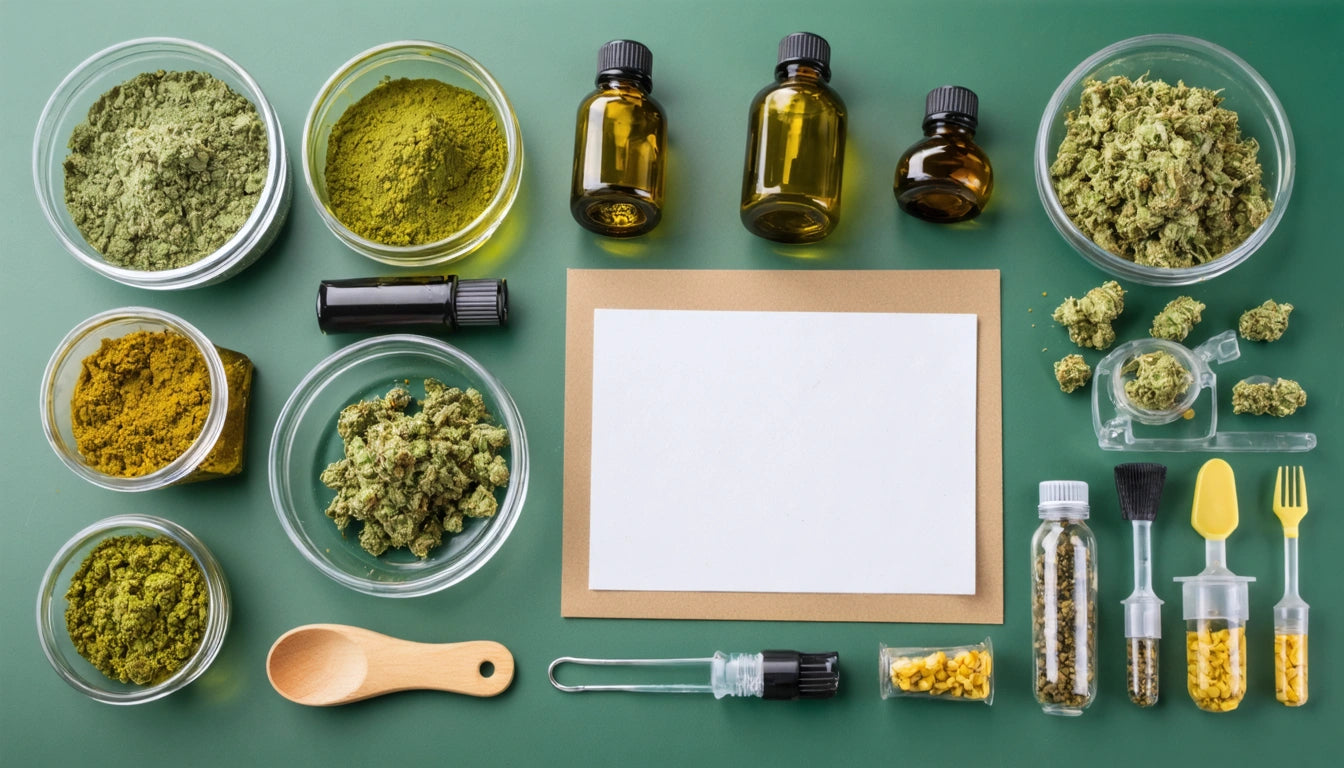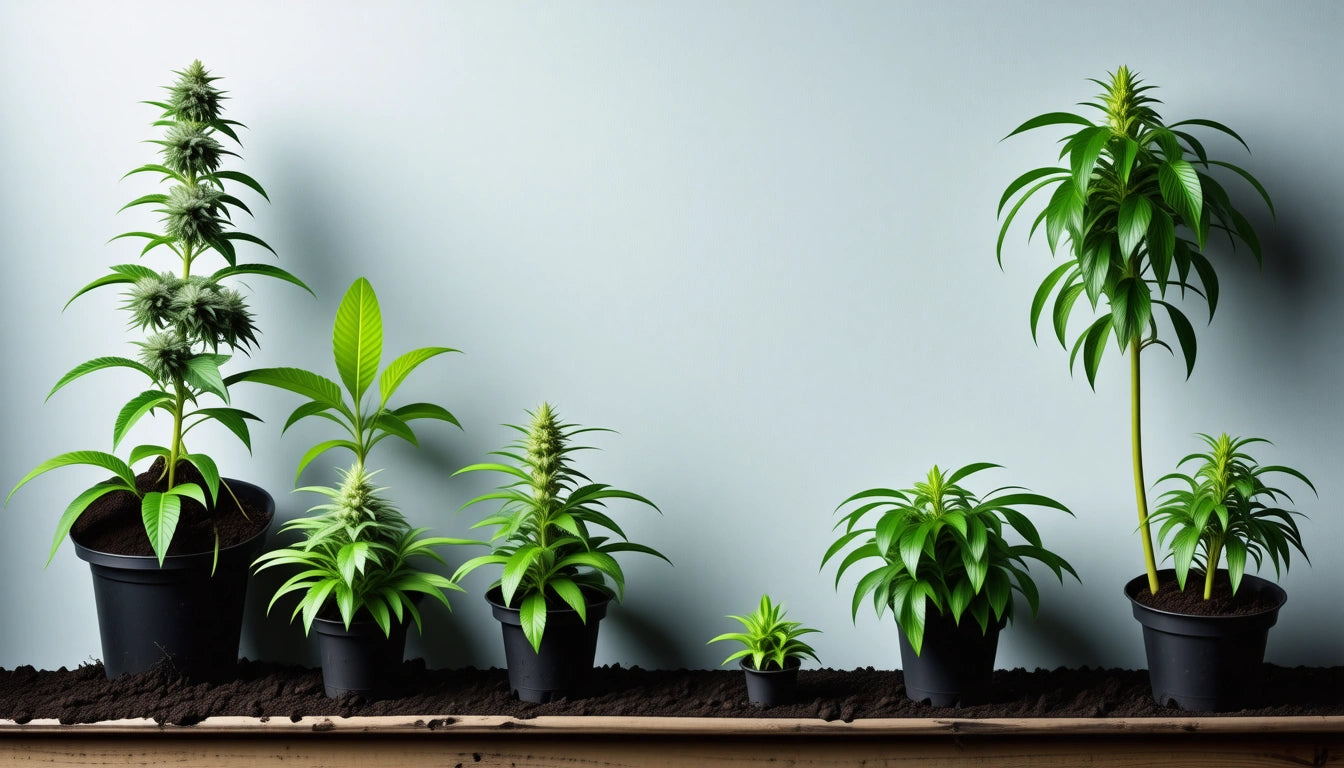- What is Rosin Weed? Understanding the Basics
- Equipment Needed for Making Rosin at Home
- Step-by-Step Guide: How to Make Rosin at Home
- How to Make Live Rosin: Advanced Techniques
- How to Smoke Rosin: Consumption Methods Explained
- Storage Tips for Preserving Your Homemade Rosin
- Beyond Smoking: Versatile Applications for Homemade Rosin
A Comprehensive Guide to Making and Using Rosin Weed at Home
Rosin has quickly become one of the most popular cannabis concentrates due to its purity, potency, and the fact that it can be made without solvents. Whether you're looking to understand what rosin weed is or want to learn how to make rosin at home, this guide covers everything from basic techniques to consumption methods.
What is Rosin Weed? Understanding the Basics
Rosin is a solventless cannabis concentrate created using heat and pressure to extract the resinous sap from cannabis flower, hash, or kief. Unlike other concentrates that require chemical solvents like butane or propane, rosin is considered one of the purest forms of cannabis extract because it preserves the plant's natural terpene profile and cannabinoids.
The resulting product is a translucent, sappy substance that ranges in color from golden to amber, depending on the starting material and extraction parameters. Rosin typically contains high THC levels, often between 60-80%, making it significantly more potent than traditional flower.
Equipment Needed for Making Rosin at Home
Before learning how to make rosin, gather these essential tools:
- Heat source (hair straightener for beginners or a dedicated rosin press)
- Parchment paper (unbleached)
- Collection tool (dabber)
- Starting material (flower, hash, or kief)
- Heat-resistant gloves
- Micron filter bags (optional but recommended)
For those serious about making quality rosin at home, investing in a dedicated rosin press is worthwhile. As explained in this guide to commercial rosin presses, proper equipment can significantly improve yield and quality.
Step-by-Step Guide: How to Make Rosin at Home
Preparation
1. Select quality starting material. The better your flower, the better your rosin. Look for high-quality strains specifically good for rosin production.
2. If using flower, ensure it has proper moisture content. Too dry and the yield decreases; too moist and it can cause issues during pressing.
3. Break down your flower into small, even pieces or use pre-ground material.
The Pressing Process
1. Place your material in the center of a folded piece of parchment paper.
2. If using a hair straightener, set it to its lowest temperature (ideally around 220 °F/104 °C).
3. Apply firm, even pressure for 3-7 seconds.
4. Remove and allow to cool slightly before collecting.
How to Make Live Rosin: Advanced Techniques
Live rosin represents the pinnacle of solventless extraction. It differs from standard rosin in that it uses fresh-frozen cannabis material rather than dried and cured flower. Understanding the differences between solventless rosin and live rosin is important for advancing your extraction skills.
The basic process involves:
- Freezing freshly harvested cannabis immediately after harvest
- Creating ice water hash from the frozen material
- Carefully drying the hash
- Pressing this hash into rosin using low temperatures
This method preserves a remarkable terpene profile that closely resembles the living plant, hence the name "live" rosin.
How to Smoke Rosin: Consumption Methods Explained
Once you've learned how to make rosin, understanding how to use rosin properly is equally important:
Dabbing
The most popular method for consuming rosin is dabbing, which involves:
- Heating a quartz, ceramic, or titanium nail
- Applying a small amount of rosin to the heated surface
- Inhaling the resulting vapor through a dab rig
Vaporizing
Many portable vaporizers and electronic dab rigs now accommodate concentrates like rosin. These offer more temperature control and convenience than traditional dabbing.
Adding to Flower
You can enhance a traditional smoking experience by adding small amounts of rosin to your ground flower before rolling it into a joint or packing a bowl.
For proper storage of your finished product, using appropriate packaging is essential. Many extractors use high-quality mylar storage bags to preserve their concentrates, as these provide excellent protection against light, air, and moisture.
Storage Tips for Preserving Your Homemade Rosin
Proper storage is essential to maintain the quality of your rosin:
- Store in an airtight, non-stick silicone or glass container
- Keep away from heat, light, and air exposure
- Refrigeration can extend shelf life significantly
- For long-term storage, consider freezing in an airtight container
For more detailed information, refer to the ultimate guide to storing rosin and live rosin, which covers temperature considerations and container options.
Beyond Smoking: Versatile Applications for Homemade Rosin
While smoking or vaporizing rosin is common, this versatile concentrate has many other applications:
- Edible infusions: Decarboxylate your rosin first, then blend with fats like butter or oils
- Topicals: Mix with carrier oils and beeswax for potent topical applications
- Tinctures: Dissolve in high-proof alcohol or glycerin
Understanding the differences between resin and rosin can help you determine which concentrate best suits your specific needs and applications.
Whether you're a beginner just learning how to make rosin at home or an experienced extractor looking to refine your technique, this solventless concentrate offers a pure, potent, and flavorful experience that's accessible to anyone willing to learn the process.











Leave a comment
All comments are moderated before being published.
This site is protected by hCaptcha and the hCaptcha Privacy Policy and Terms of Service apply.